 | « Back to article | Print this article |
Although most of the sites for planned industrial corridors are supposed to include water infrastructure, they are predominantly located in the parched western regions, says Katrina Hamlin.
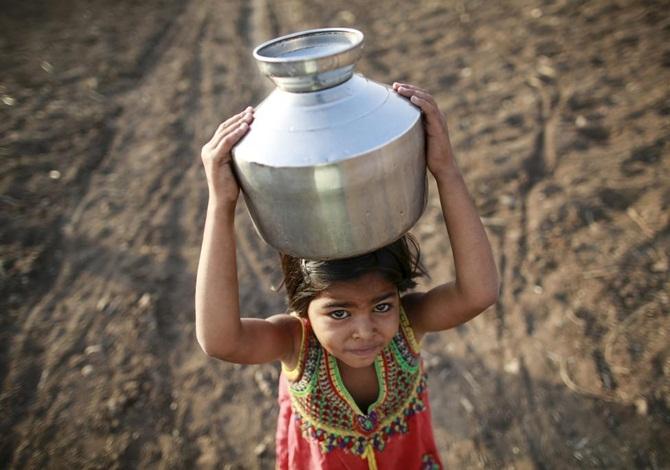
India has long undervalued one of its most precious resources.
Now the country's chronic mismanagement of water is emerging as a threat to Make in India, Prime Minister Narendra Modi's ambitious plan to create jobs and turn the world's fastest growing large economy into a global manufacturing hub.
Modi has toured the world championing the initiative. Success is critical. Around 12 million Indians join the workforce every year.
Factories, which can provide much-needed employment, account for just 16 percent of India's gross domestic product, according to the World Bank. That is low, even for a developing country.
Make in India has big shortcomings when it comes to natural resources, however.
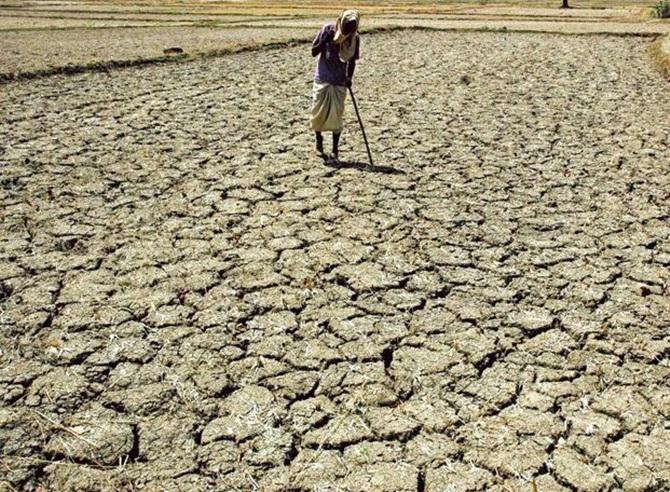
Water intensive industries like construction, food processing, energy, textiles and leather works feature prominently amongst the sectors the scheme is targeting.
And although most of the sites for planned industrial corridors are supposed to include water infrastructure, they are predominantly located in the parched western regions.
Poor demand management adds to the challenge of setting up in a dry country - India has 18 percent of the world's population but only 4 percent of the usable water resources, and is currently recovering from two consecutive years of poor rainfall.
That puts water worries at the front of a long list of concerns from land acquisition to labour laws that companies face when setting up.
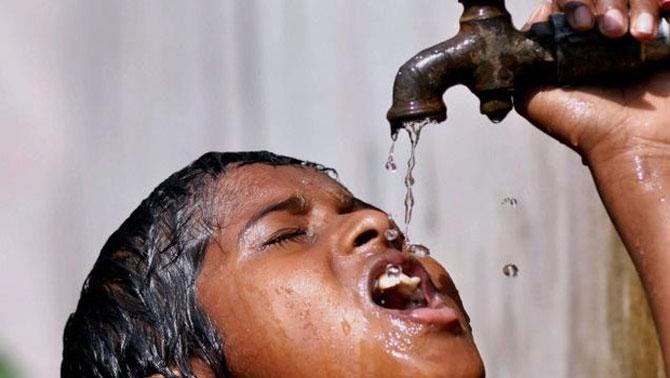
Liquidity Issues
The core issue is that water is undervalued and overused.
Tariffs have not been revised for over a decade in many municipalities.
Often there are no direct charges at all, or thirsty consumers simply help themselves.
Metering is also rare - penetration is as low as 10 percent in some areas.
India produced $2.7 of gross domestic product for every cubic metre of freshwater withdrawals, according to a Breakingviews calculation using World Bank data.
By contrast, China added $18.7 of GDP for every cubic metre.
That leads to massive inefficiencies for companies too.
Manufacturers tend to avoid placing factories in drier areas even when the location looks logical from a supply chain perspective.
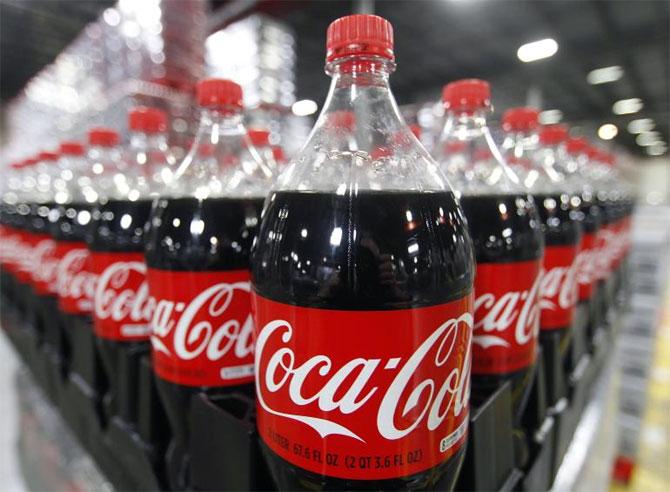 Take Coca Cola: only around a quarter of the company's Indian bottling plants source water from existing infrastructure; the rest have set up their own systems to access supplies.
Take Coca Cola: only around a quarter of the company's Indian bottling plants source water from existing infrastructure; the rest have set up their own systems to access supplies.
They must also coordinate with nearby farms and factories to be sure they won't suck up resources before a facility reaches the end of its useful working life.
Meanwhile, U.S. technology giant Cisco Systems' local unit says water is a "top five" issue to consider when establishing a factory in India.
Swiss food giant Nestle , which also has manufacturing facilities in the country, assesses each new factory's water risk using no fewer than three water stress indexes and India achieves the worst possible score in their system, which ranks countries' on a scale of one to five, where five represents "extreme scarcity".
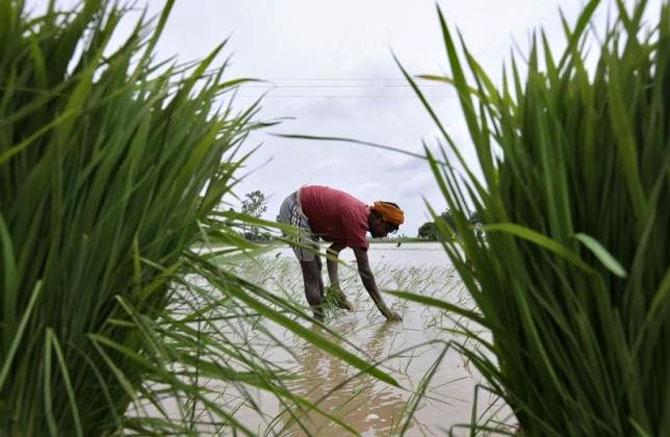 Damp Squib
Damp Squib
Policymakers see the problem but lack the political capital to raise prices or tighten regulations.
The biggest water users in the country are local farmers - agriculture soaks up some 90 percent of water withdrawals - and rural communities represent the majority of India's voting constituencies.
So when elections come around, candidates often promise to keep water cheap or free.
New Delhi plays lip service to the crisis. In June the Ministry of Water Resources, River Development and Ganga Rejuvenation released a draft bill calling for a new pricing system and stricter controls.
But even if the bill passes through parliament, it is unclear that the central government will be able to implement the new rules - enforcement of current regulations is patchy at best, and local authorities aren't always cooperative.
Make in India is not dead in the water. Modi's fortune is that the country is home to a large thriving consumer market and a low-cost workforce.
That makes it increasingly tempting as a location for manufacturers that want to sell in the country.
But the inconveniences associated with setting up plants in low water regions, on top of other barriers to business, will scare away all but the most determined.
Until the government takes action to better manage its water resources, a booming manufacturing sector seems like a pipe dream.
(The author is a Reuters Breakingviews columnist. The opinions expressed are her own.)
